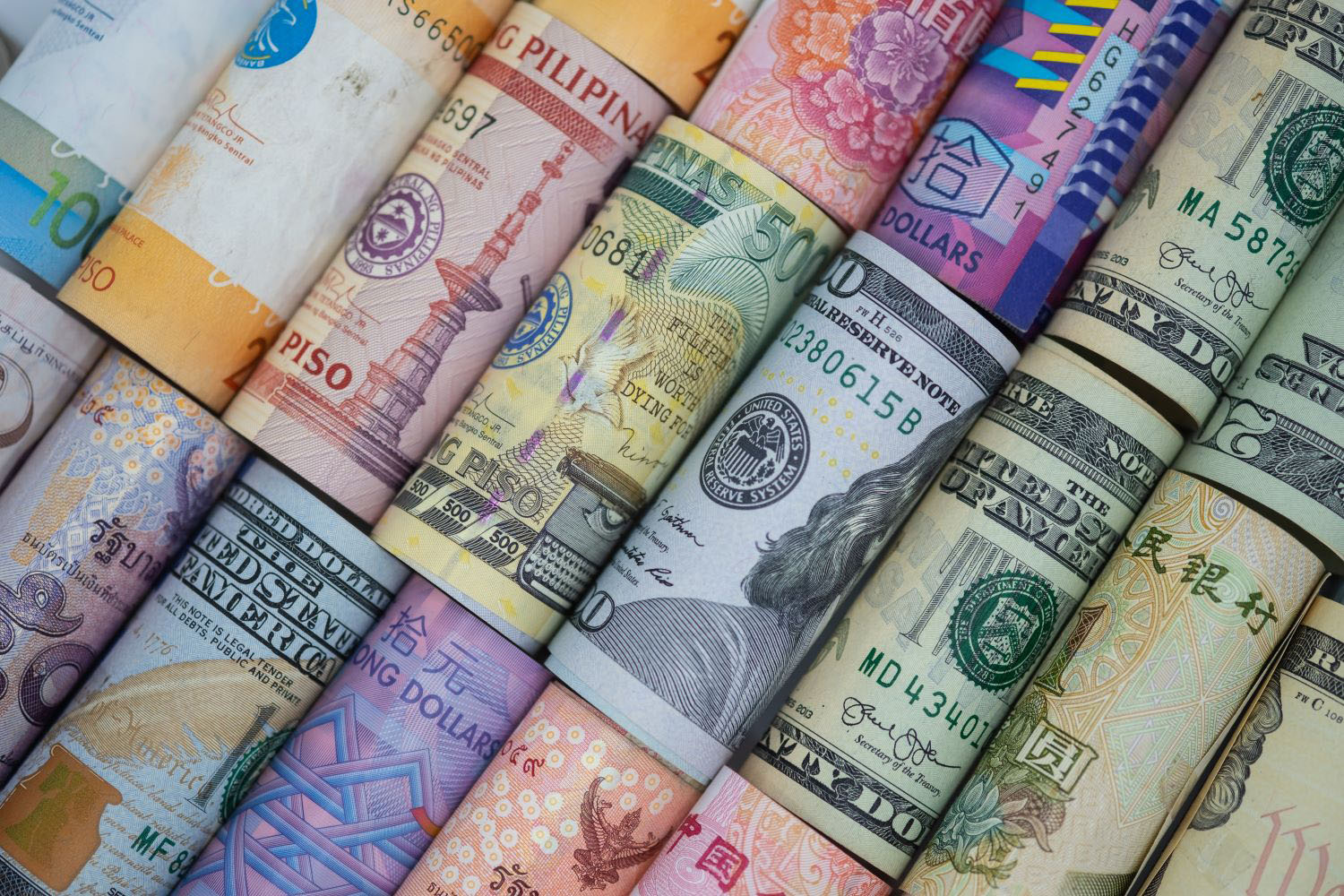In response to both public health imperative and unprecedented political pressure, aid to fight HIV/AIDS has increased massively in recent years: global funding to combat the disease in low- and middle-income countries has more than tripled since 2001, from $2.1 billion to an estimated $8.9 billion in 2006. This paper, by Michael Bernstein and Myra Sessions, discusses the increase in aid commitments by the three main financing agencies--the President's Emergency Plan for AIDS Relief (PEPFAR), the Global Fund to Fight AIDS, Tuberculosis and Malaria, and the World Bank’s Multi-Country HIV/AIDS Program (MAP)--and the receiving countries’ ability, or lack thereof, to absorb the aid. It is one in a series of analyses of the sources of funding for HIV/AIDS programs in developing countries conducted under the Center for Global Development’s HIV/AIDS Monitor.
Among their key findings:
- Funding for HIV/AIDS programs in developing countries has increased since 2001. By 2005, the Global Fund, PEPFAR and the World Bank's MAP were transferring more than $3 billion per year; over 70% came from PEPFAR.
- The new resources provided by the "big three" funders represent a huge increase in funds at the country level. In Uganda and Ethiopia, once AIDS money began flowing from all three funders in 2004, the amount of money provided quickly approached (and by 2005 had exceeded) the governments' 2003 budgets for the entire health sector.
- The massive increase in aid, and the funders' different disbursement procedures, meant that money from the big three was difficult to manage in the two country cases examined in this paper, Ethiopia and Uganda. The Global Fund, which has provided information to the public about in-country financial flows, found that both governments encountered challenges when trying to spend money: the use of resources was delayed, and accelerating progress in implementing the grant required turning to actors outside the government.
- Total annual disbursements from the big three funders lag behind total annual commitments. This discrepancy may be the result of the difficulty that recipients have had absorbing large new sums of money.
- The Global Fund publicly releases expenditure data for their grants, while the World Bank and PEPFAR do not. Disbursements disaggregated by country are also unavailable for PEPFAR.
Rights & Permissions
You may use and disseminate CGD’s publications under these conditions.





